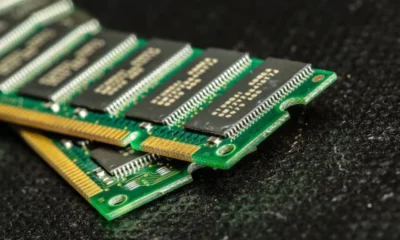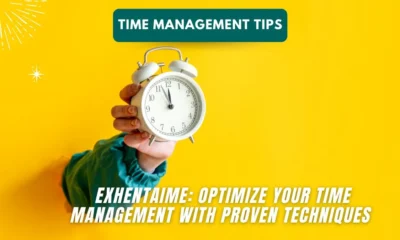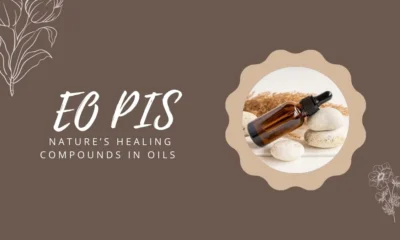SERVICES
Greener, Cleaner, Smarter: The Evolution of Eco-Friendly Cleaning in Today’s Homes and Businesses

Introduction
A quiet revolution is taking place in kitchens, office buildings, and janitorial carts across the country. The scent of essential oils is replacing the aroma of ammonia. Disposable plastic wipes give way to reusable cloths. Harsh bleaches are being pushed aside in favor of plant-based solutions.
This isn’t just about preferences, it’s about priorities. As environmental awareness grows and indoor health takes center stage, the cleaning industry transforms. What was once considered niche—eco-friendly cleaning—is fast becoming mainstream, driven by a fusion of consumer demand, scientific understanding, and sustainable innovation.
Phase One: The Green Awakening
Using “green” cleaning products was an alternative lifestyle choice years ago. They were often pricier, harder to find, and perceived as less effective. But that’s changed.
Today, modern homeowners and business managers recognize that many conventional products contain volatile organic compounds (VOCs), synthetic dyes, and artificial fragrances that may impact indoor air quality. When washed into water systems, these substances can contribute to respiratory discomfort, skin irritation, and even long-term environmental harm.
In this first awareness phase, people began to read labels, ask questions, and experiment with alternatives. The movement toward safer, simpler cleaning started here.
Enter: The Conscious Consumer
Now, eco-friendly choices are part of a broader lifestyle shift. People aren’t just shopping for locally grown produce or switching to electric cars—they’re also examining how they maintain their environments.
Today, the typical client for house cleaning services is more informed than ever. They ask what’s in the cleaning sprays, how waste is managed, and whether a service aligns with their values.
This new generation of clients expects transparency, not just sparkle. That means cleaning providers are reevaluating supply chains, investing in training, and offering biodegradable or refillable options—not because it’s trendy, but because it’s expected.
Commercial Spaces: Leading by Example
Businesses are also evolving. From co-working spaces to retail stores, there’s an increasing push to integrate eco-friendly practices for PR and performance.
Why?
Because a clean space is no longer judged only by its appearance but also by how it was cleaned.
Commercial cleaning services are responding by switching to water-saving equipment, using microfiber technology to reduce chemical use, and adopting low-impact cleaners certified by independent environmental bodies.
This shift isn’t just a moral decision—it’s a strategic one. Greener operations appeal to employees, attract customers, and support larger corporations’ ESG (Environmental, Social, Governance) reporting requirements.
Tools of the Trade: Evolved and Efficient
What does eco-conscious cleaning look like on the ground? It’s more than switching brands. It’s a rethink of tools, techniques, and timing.
Modern tools include:
- Microfiber cloths: Trap more dirt with less chemical use
- Steam cleaners: Sanitize without needing strong disinfectants
- Concentrated refills: Reduce packaging waste and emissions
- Dilution control systems: Prevent overuse of cleaning agents
- Low-water mops and vacuums: Cut water waste significantly
These upgrades don’t just benefit the environment—they improve performance. Many green alternatives outperform their conventional counterparts in speed, efficiency, and safety.
Beyond Janitorial and the Green Transition
As cleaning standards evolve, companies like Beyond Janitorial are focusing on both effectiveness and impact.
In responding to customer expectations and environmental responsibility, the focus isn’t just on switching out a few products—it’s on creating thoughtful cleaning plans that reduce waste, enhance indoor air quality, and reflect long-term sustainability goals.
It’s not about being perfect. It’s about making intentional shifts, one task, one room, one decision at a time.
Mindful Maintenance at Home
Eco-friendly cleaning doesn’t belong solely to professionals—it starts at home.
Homeowners today are embracing simpler habits that reduce environmental strain:
- Using reusable cleaning cloths instead of paper towels
- Making natural surface sprays from vinegar and lemon
- Choosing plant-based dishwasher pods and laundry soap
- Composting vacuum contents (if dry and plant-based)
- Opening windows to reduce the need for air fresheners
This low-impact routine keeps homes fresh while decreasing reliance on synthetic materials. When time doesn’t permit DIY methods, hiring house cleaning services that follow sustainable practices offers a smart compromise: clean results and a minimal footprint.
Business Benefits Go Beyond Image
For commercial clients, the benefits of eco-friendly cleaning stretch well beyond image polishing.
Here’s what smart cleaning offers:
- Healthier indoor environments, reducing absenteeism
- Compliance with sustainability goals or wellness certifications (e.g., LEED, WELL)
- Reduced liability from chemical exposure complaints
- Enhanced brand trust with both employees and customers
Commercial cleaning services that embed green values into their workflows support businesses beyond the dustpan. They become partners in the bigger picture: growth that doesn’t compromise health or the planet.
The Road Ahead: Smarter, Not Just Safer
Eco-conscious cleaning is no longer about what you remove but what you replace it with. The next era of cleaning is about smart integration: using sensors for room monitoring, AI for scheduling, and data to assess which zones need extra attention and which don’t.
It’s about minimizing effort, maximizing results, and lowering environmental impact simultaneously.
Whether at home or in a 10-story building, green cleaning proves that good hygiene doesn’t have to come at a cost to the earth or the people inhabiting it.
Final Sweep: What It All Means
We’ve come a long way from bleach buckets and single-use wipes. The green cleaning movement is about alignment between our values, habits, and environment. It’s about recognizing that what we use to maintain our spaces also shapes the kind of world we live in.
And in that way, every spray bottle and every scrub has the potential to do more than just clean—it can help build a smarter, healthier, more sustainable future.
-

 BIOGRAPHY6 months ago
BIOGRAPHY6 months agoBehind the Scenes with Sandra Orlow: An Exclusive Interview
-

 HOME12 months ago
HOME12 months agoDiscovering Insights: A Deep Dive into the //vital-mag.net blog
-

 HOME1 year ago
HOME1 year agoSifangds in Action: Real-Life Applications and Success Stories
-

 BIOGRAPHY1 year ago
BIOGRAPHY1 year agoThe Woman Behind the Comedian: Meet Andrew Santino Wife




























